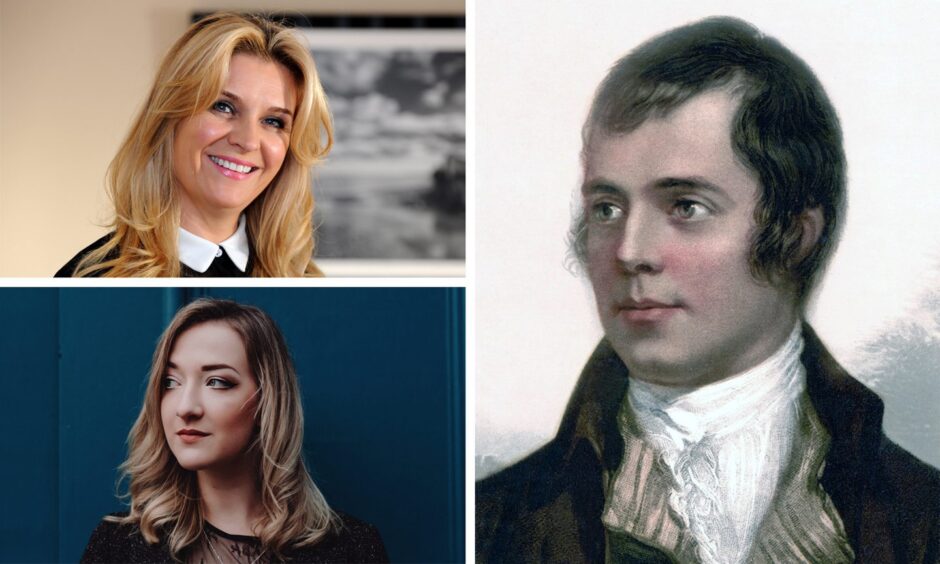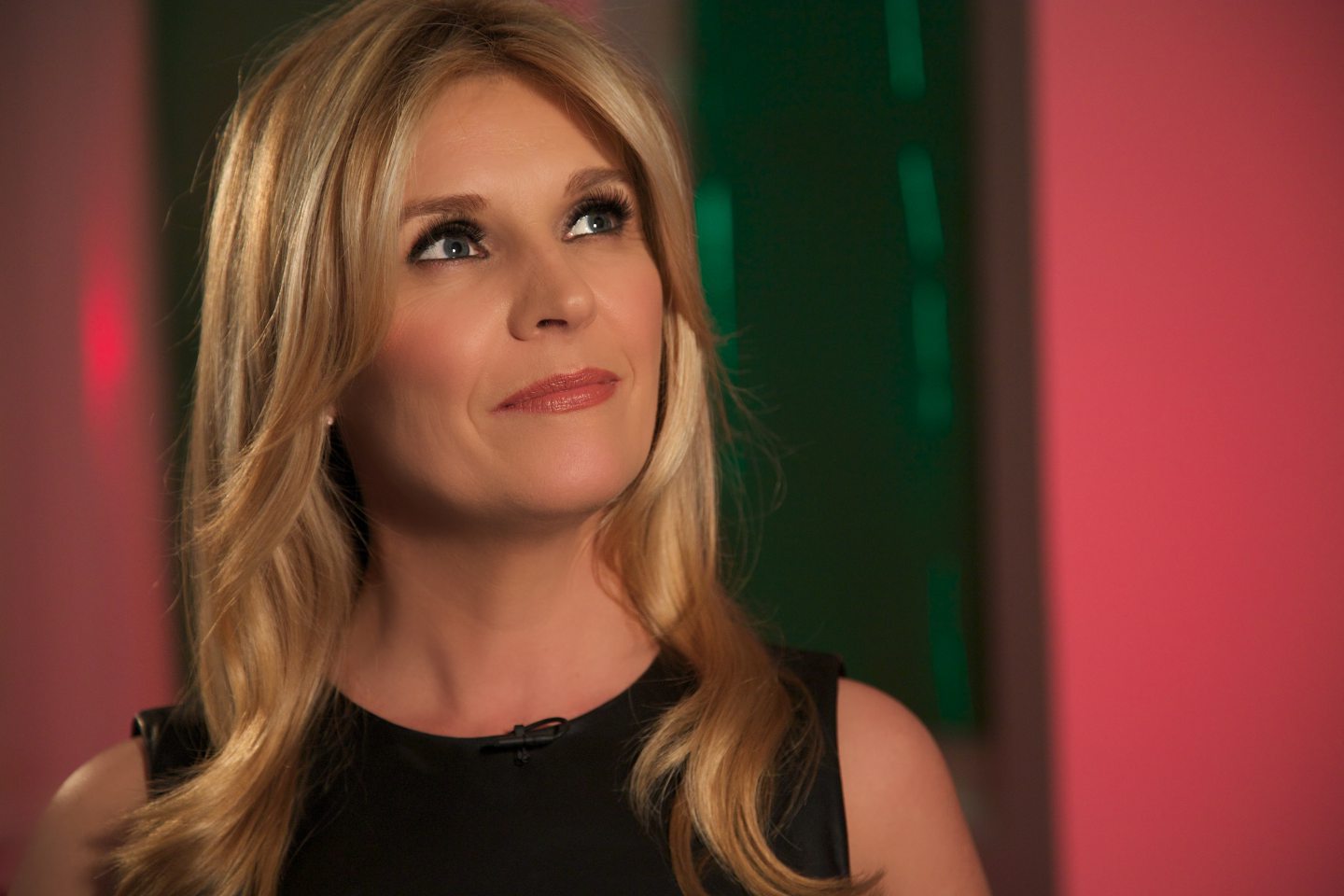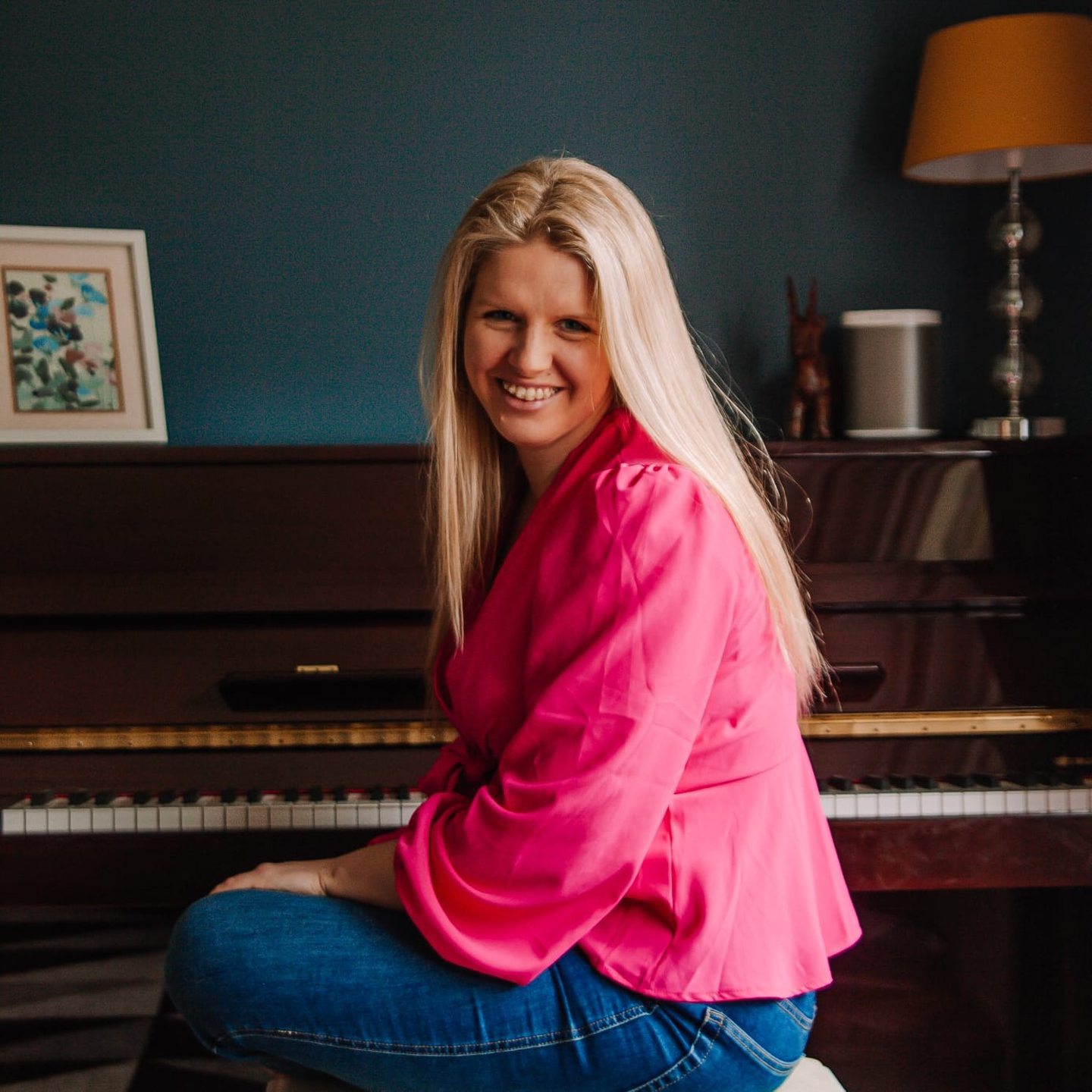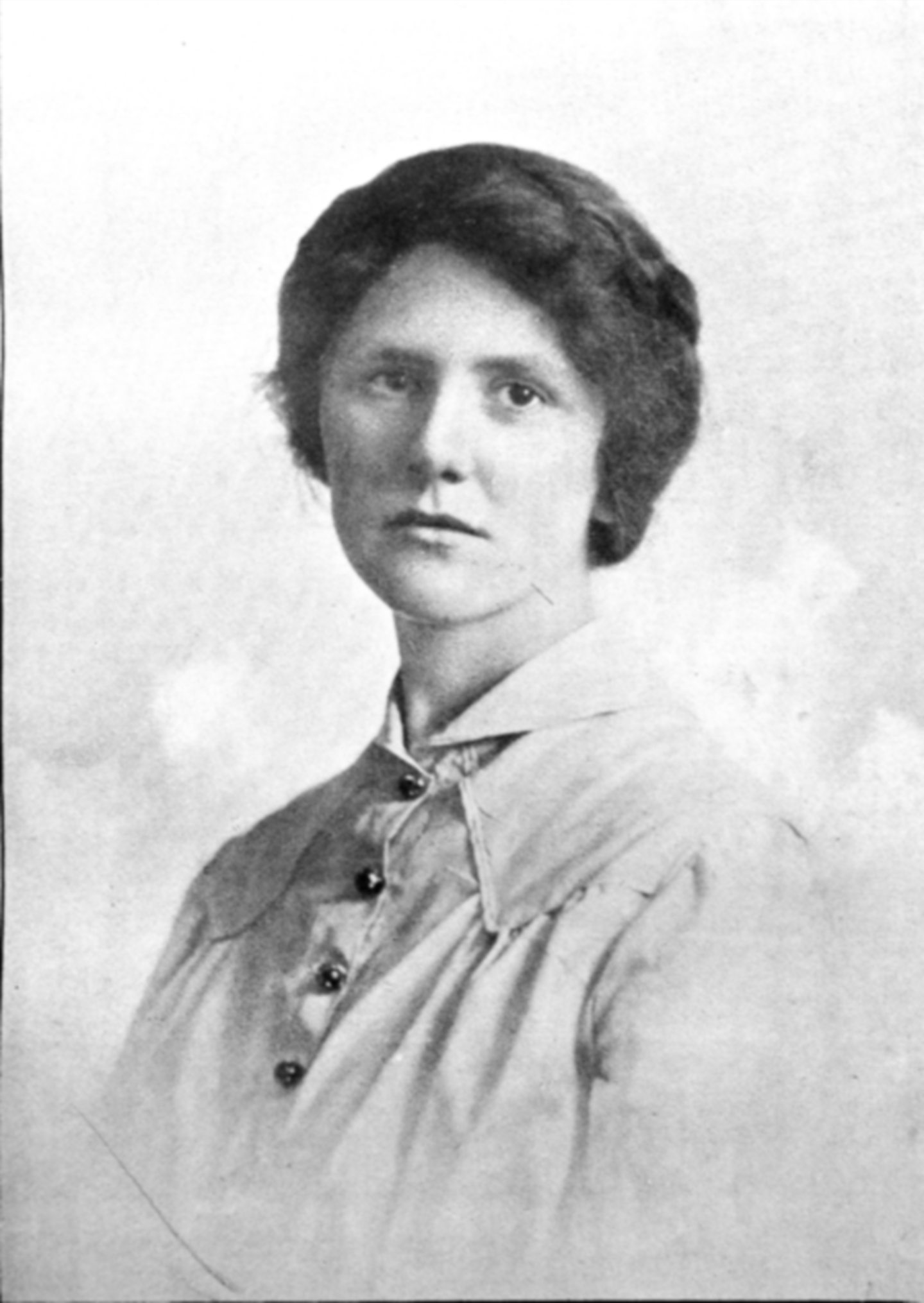
Bob Dylan grew up in the Swinging Sixties, so you might imagine that the Nobel Prize-winning American would cite one of his folk, rock, traditional music or jazz predecessors as his greatest inspiration.
But not a word of it. You can put your Beatles back in the box, recuse your Rolling Stones, whoosh away Woody Guthrie and eliminate Elvis Presley.
For the young Dylan, there was only one person whose work launched him into the stratosphere and that just happened to be an Ayrshire-born Scot, who died nearly 150 years before the American singer-songwriter first entered the world.
Asked to nominate the lyric or verse that had the biggest impact on his life, he selected A Red, Red Rose, written by Robert Burns in 1794, and purred over the poem: “O, my luve’s like a red, red rose/That’s newly sprung in June/O, my luve’s like the melodie/ That’s sweetly play’d in tune.”
It’s a song which will be performed at myriad Burns Suppers in the days ahead as the world – and not just his birthplace – celebrates the memory and milieu of the fellow whose multitude of contradictions mean that it’s difficult to pin him down on anything.
Yes, he loved the ladies, but did he love them too much and were there too many as he regularly cheated on his long-suffering wife, Jean Armour? Yes, he gave us Auld Lang Syne and other fanfares for people coming together in harmony, but he once accepted a job to help manage a slave plantation in the West Indies.
How should we judge Robert Burns?
And there are so many similar contrary opinions in his poems, his letters and his actions that it’s hardly surprising both the pro-union and pro-independence parties claimed he would have voted for them in the Scottish referendum a decade ago.
So, how should we judge him or should we even bother when his compositions and the best of his poetry reaches heights which raise shivers on the back of your neck?
We asked a few interested parties what they thought. And, instead of going to the usual male commentators, we talked to women about the toastmaster to the lassies.
What do they make of this energetic, enigmatic Mr Burns, possessed of his own nuclear power plant when it came to his ardour for the so-called fairer sex?
P&J columnist Yvie Burnett has worked with everybody from Susan Boyle to Beyonce and Stevie Wonder to Sam Smith, and her philosophy as a vocal coach is simple. Yes, You Can Sing.
In the past, the Methlick-born, Ellon Academy-educated extrovert has spread that message on such reality TV programmes as The X Factor, Britain’s Got Talent and America’s Got Talent. But she is also a passionate fan of Scotland’s national bard.
She said: “For me, the nostalgia provoked by Burns songs is what makes them so special to so many of us. We have known them all our lives. Our grandparents sang them to us, they were known by heart and handed down by word of mouth.
The lyrics have a haunting quality
“The melodies are simple but often haunting when I think of something like Ae Fond Kiss. Also how incredible are those lyrics…
“Ae fond kiss and then we sever.
“Ay farewell alas forever.
“That just gets me every time.
“In fact, every time you read Burns lyrics, you notice some other detail. This man was before his time, an incredible talent. These love songs were raw and passionate.
“He didn’t have any qualms about bearing his soul and telling it as it was; sometimes funny, sometimes irreverent, but always real.
Robert Burns died young
“We lost him at an early age [he was just 37 when he died in 1796] which is incredible when you think of all the material he produced in such a short space of time.
“The older I get, the more I appreciate being Scottish and all our wonderful traditions. Celebrating Rabbie Burns is something of which we should be very proud.”
Yvie’s words were echoed by Abby Twigger, an Udny-based singer-songwriter who has emerged as a genuine talent and who recently enjoyed UK success with her mesmerising festive carol The Lamb, which she recorded with the Sweet Adelines.
In 2023, the mother-of-five released an EP called All the Good Songs Have Been Written and performed her first solo show with 90 minutes of original compositions.
And she has nothing but admiration for the fashion in which Burns has enthralled her.
Abby said: “Robert Burns’ songs endure with their lilting, memorable, so-very-singable melodies. That’s what draws you in. But they’re often not his own – Burns often set his poems to Scottish folk songs. And it is his words that keep you listening and are loved by so many, more than 200 years on.
“Burns is a master storyteller – his songs are full of metaphor and picture painting: seas running dry, rocks melting with the sun, a cup o’ kindness, barely scratching the surface of his more than 700 works.
The feelings are often bittersweet
“As a songwriter myself, I’ve often heard that the trick to a good song is to find a way to say the same old thing in a new way. Burns mastered this.
“A songwriter’s currency is feelings – ‘Ae fond kiss and then we sever’ as a first line brings us straight to the point! They are apart and it hurts – but using the word SEVER brings up all the pain they don’t want there to be and it’s agony.
“Throw in some beautiful rhyming couplets, which help the listener know what to expect and when, we can’t help but love a pretty rhyme.
“Had we never loved so kindly
Had we never loved so blindly
Nor never met, nor never parted
We would ne’er ha’ been so broken-hearted
“These are beautiful, memorable melodies coupled with metaphor and evocative lyrics. No wonder we still love them more than 200 years after he wrote them.”
What does Iona Fyfe think of Burns?
Few doubt the quality of Burns’ best work, even if Jeremy Paxman once dismissed A Red, Red Rose as “sentimental dross”.
Yet Iona Fyfe, the award-winning traditional singer from Huntly, who is the musical director of the Scots Women show at Celtic Connections on February 3, admitted that she couldn’t ignore the less attractive aspects of the poet’s personality.
She said: “Growing up going to traditional ballad and bothy ballad competitions, I don’t recall singing Burns repertoire at these events. Burns, in comparison to the ancient traditional ballads and muckle sangs, was far too “contemporary” to be placed at a traditional ballad competition.
“Yet I remember once attending the Burns Federation Competitions where pretty much every entrant was singing Burns repertoire in a deeply operatic style.
“The whole thing really confused me, and so I warded away from recording any Burns songs or performing them as part of my repertoire outwith January.
Burns was a man of contradiction
“Some of the well-known melodies that people attribute to Burns were traditional airs that existed for several years before he was born.
“In saying that, studying Scots Song at the Royal Conservatoire of Scotland gave me the privilege to be tutored by one of the finest Burns exponents, Rod Paterson, who ignited a love for some Burns repertoire, regardless of my preconceptions.
“To me, he is a man of contradiction. A tax collector, but someone who chastises the elite in Sic a Parcel o Rogues.
“And also a man who was very close to going to Jamaica to oversee a plantation, yet wrote the song The Slave’s Lament.
“I’ve had a glisk [glance] over the Merry Muses, and as humorous as the collection is, some of the language Burns uses when speaking about women is certainly something that should be left in the 1700s.”
There’s little doubt that Burns won’t be accused of being “woke” any time soon. And yet, it’s always difficult to judge people from the 18th Century by the standards of the 21st.
And there is another area in which Rabbie is helping to keep the torch burning; the preservation of the Scots language which was part and parcel of his life and work.
Rhona McConnell, one of the stars of the BBC series Scotland Sings last year, and who has gained a glowing reputation whether performing on her own or in groups, believes it’s important that Burns’ songs aren’t Anglicised – or something important will be lost.
We need to cherish Scots language
She said: “Over the years I’ve been asked to sing at various friends’ weddings, and at one in particular, this request was My Luve is Like a Red, Red Rose.
“Of all the choices they could have made, it is testament to the lasting meaning, beauty and simplicity of Burns’ words that it was picked ahead of the many other traditional choices out there.
“His poems have been set to music by various well-renowned artists such as Bob Dylan and Carly Simon, and this version was by Eva Cassidy and remains a favourite of mine.
“We Scots are very proud of our heritage and, unfortunately, the Scots dialect used by Burns seems to be fading.
“It’s heartening that Burns is still a focus in local schools, and my children are tasked with learning and reciting his poems at school in a yearly competition, so I’ve been teaching my daughter how to sing it instead of simply speaking it.
“My hope is that, by keeping his words alive through song especially, the appeal of Burns and his words will endure.”
The party’s not over for Rabbie
Whatever one’s views on the stakhanovite fashion in which Burns packed so much drive, dynamism and debauchery into his short existence, the reality is that no other poet in his homeland exerts the same fascination or festivities.
And there will be Burns Suppers in the United States, Australia, South Africa, New Zealand and many parts of Europe during the next fortnight.
That’s fame on a truly global scale. But, as Dr Sarah Sharp, of Aberdeen University, pointed out, it would be a positive development if greater awareness was accorded to Scotland’s many gifted female writers.
She said: “I think that Burns Night is about the poet but it’s also about more than that. And I’m very interested in how his legacy has shifted over time.
“Enduring figures such as Burns act as cultural barometers, helping us to understand the priorities and interests of contemporary society as different parts of their legacies are embraced or disputed.
“The fact that we’re talking a bit more about these issues currently probably tells us that these issues are prominent in current cultural conversations.
Why has the work of Robert Burns endured?
“Why has Burns endured? Well my own theory is that Burns’s songs and poems are, after over 200 years, embedded in the cultural life of Scottish people.
“These poems and songs are learned in school and dusted off for Burns Night, weddings and Hogmanay. They make us think of school books and chalk boards, having one too many whiskies to celebrate the turn of the year, and the milestones of life.
“Their deployment mean that they become themselves capsules of memory, not just remembered but carrying with them our own memories and associations.
“That said, it would be wonderful if people read more Scottish women poets. There is a tendency for people to think of Scottish literature as a very male tradition, but we have such a wonderful tradition of Scottish women’s writing and many figures who were very popular at their time have fallen out of our cultural memory.”
Ultimately, there’s always room for Burns in the cultural calendar. But perhaps it’s overdue for some of his female compatriots to join him in the chronicles.
He’d probably enjoy it.
You can find out more about Scotland’s many women writers, poets, playwrights and novelists at scottishwomenwritersontheweb.net








Conversation